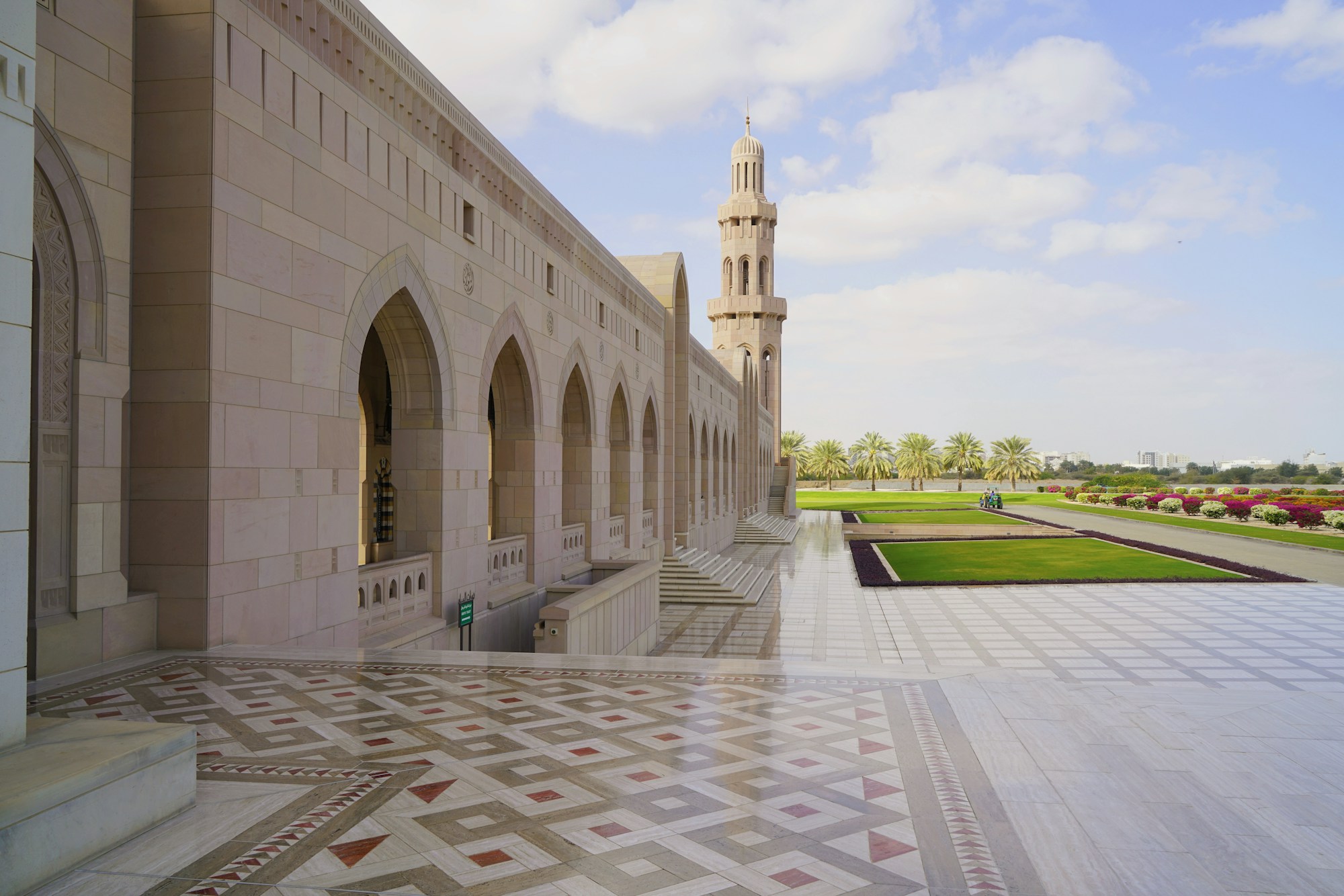Discovering Muscat: Local Customs, Festivals & History

Discovering Muscat: Local Customs, Festivals & History
Welcome to Muscat, the capital city of Oman and a hidden gem nestled along the beautiful coastline of the Arabian Sea. Known for its rich history, warm hospitality, and stunning landscapes, Muscat is a must-visit destination for travelers seeking an authentic Arabian experience. In this travel guide, we will take you on a journey through the city's local customs, vibrant festivals, and fascinating history.
Local Customs
When visiting Muscat, it is important to respect the local customs and traditions. Omanis are known for their warm and friendly nature, so it is common to be greeted with a smile and a handshake. Modesty in dress is appreciated, especially when visiting religious sites or traditional areas of the city. Additionally, public displays of affection should be avoided, as they are considered inappropriate.
Omanis take great pride in their culture and heritage, so engaging in respectful conversations about their traditions, history, and daily life is highly encouraged. It is also customary to remove your shoes when entering a person's home, as a sign of respect.
Festivals
Muscat comes alive with vibrant festivals throughout the year, offering visitors a glimpse into the city's rich cultural heritage. One of the most celebrated festivals is the Muscat Festival, held annually from late January to mid-February. This month-long extravaganza showcases Omani traditions through music, dance, art exhibitions, and a variety of cultural performances. Visitors can indulge in traditional Omani cuisine, shop for handmade crafts, and participate in various activities.
Another notable festival is the Eid al-Fitr, which marks the end of Ramadan, the holy month of fasting for Muslims. During this festival, the streets of Muscat are adorned with colorful decorations, and families come together to celebrate with feasts, traditional music, and dance performances. It is a truly joyful and festive time to experience the local culture.
History
Muscat has a rich and fascinating history that dates back thousands of years. The city was an important trading port and played a significant role in the ancient spice and incense trade routes. As you explore Muscat, you will encounter historical landmarks that bear witness to its storied past.
One of the most iconic landmarks in Muscat is the Sultan Qaboos Grand Mosque, a magnificent structure that showcases Islamic architecture at its finest. The mosque can accommodate over 20,000 worshippers and is adorned with stunning chandeliers, intricate mosaic patterns, and a breathtaking main prayer hall.
The Al Jalali and Al Mirani forts, located atop cliffs overlooking the city, are remnants of Muscat's defensive past. These imposing forts once protected the city from invasions and offer panoramic views of the coastline.
For history enthusiasts, a visit to the Bait Al Zubair Museum is a must. This museum houses an extensive collection of Omani artifacts, including traditional costumes, weaponry, jewelry, and historical photographs. It provides a comprehensive overview of Oman's cultural heritage.
